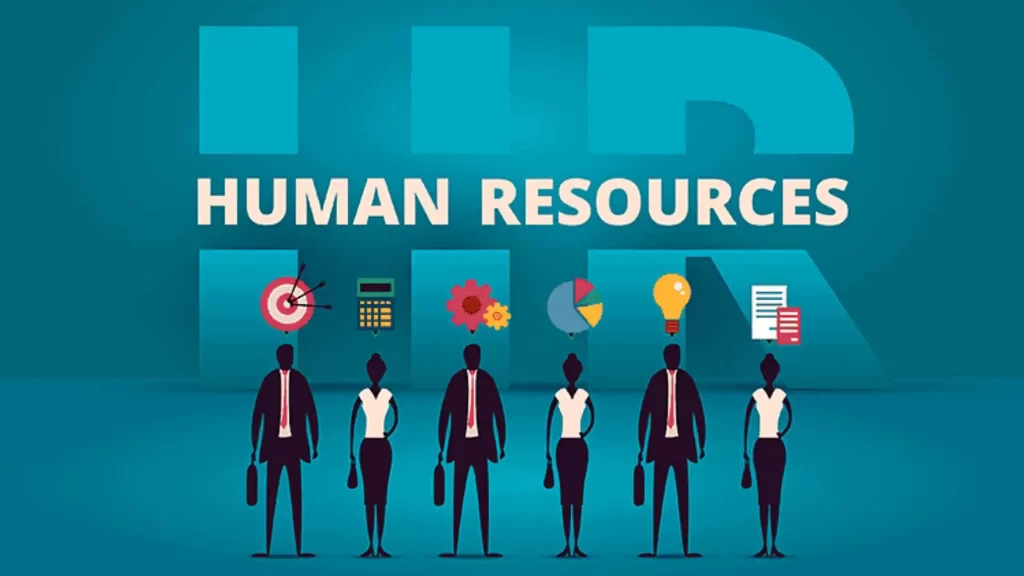HR’s Role in Cultural Alignment and Employee Retention
Mergers & Acquisitions (M&A) have become synonymous for organizations, most times, this sits right next to the words “progression and fresh openings.” On the one hand, things can seem very simple, but those who are in the depths of this world are aware of its complexity. A deal, by nature, may involve blending two different sets of cultures, working styles, and the resulting interplay of expectations, which may or may not be smooth. This is the junction at which HR comes in and plays a huge part in the win-glue stage of integration.

Why is HR Important in M&A?
Financial metrics are the only yardstick to measure the success or failure of a deal, and they are the greatest consideration for investors. Nevertheless, focusing on the technical aspect of the work and overlooking the people, i.e., the employees, can cause a complete failure of automation in the workplace. Human resource experts are actually the glue that holds it all together, which provides a seamless transition and optimizes the potentialities of the combined entity. Their focus lies primarily in two crucial areas: cultural concordance and employment retention.
Cultural Alignment: Bridging the Divide
Company culture is the artificial power that defines employee activity, communication methods, and the internal atmosphere of the company. The integration of two companies generates a contradiction between their cultures and, to a certain extent, creates misapprehensions, confusion, and, at the end, causes reduced productivity. People with different perceptions, values, and ways of life can easily get divided in the company. HR’s responsibility is to bridge the gap and make people feel united.

Here’s how HR can achieve cultural alignment:
Pre-Merger Assessment: HR should set a tone before the merge occurs, which means that they should conduct a comprehensive examination of both business cultures. This involves pointing out what our core values are, what kind of management is followed, how communication is dealt with, and the assessment of job expectations.
Transparent Communication: Communication would be a give-and-take process. HR must guarantee that the reason for the merger is clearly understandable to the employees, which is the future vision and a design for the benefit of the in-coming company. Transparency leads to trust and less stress during the period when change is effected.
Joint Activities and Events: Organize events and activities that provide an impetus for workers from both companies to work as a team. By doing so, we’ll overcome the obstacles and create unity and friendship.
Leadership Alignment: Leadership will take on the function of establishing a new culture and tone. HR may utilize such organized workshops and training platforms for the top leaders of both companies so that they can learn together and appreciate this collective mode of operation.
Celebrating Diversity: Make sure you pay attention to the specificities of both cultures and make it possible to be proud of them. Through this, employees are not only given the opportunity to be part of the decision-making process but also feel considered and acknowledged for the unique talents they bring to the team.
In most cases, acquisitions result in increased employees’ apprehension and anxiety. Workers often worry about potential job insecurity, major benefit alterations, and increased work bubbles. This might give too much reason to employees to switch jobs, or in Curling, it may cause the merger to fail. HR needs to take proactive steps to retain key talent.
Open and Honest Communication: Approach employee issues directly through town hall meetings, question and answer sessions, and clear internal communication devices. Honesty is the best policy, while building trust and fear, on the other hand, culminate in anxiety.
Retention Strategies: Create an attractive retention package with such details as competent salary and benefits modification, career growth opportunities, as well as relocating costs (if relevant).
Change Management Programs: Instigating change management programs would help in coping with the transition with employees. This can also be a concentration on the workshops that teach the employees to easily adjust to the new work styles, communication media, and policies of the company.
Focus on employee well-being: Stress and anxiety often reach higher levels in the process of merging or acquiring a company. The role of HR is not only to hire, but also to provide services to assist employees with their well-being with programs such as mental and stress-management workshops.
Performance Management Alignment: Review and re-align performance management systems to make sure every employee receives only exemplary treatment and to make clear and fair rules.
Success Stories: Follow HR Leaders.

Several examples illustrate how effective HR strategies have led to successful M&A integrations: Several examples illustrate how effective HR strategies have led to successful M&A integrations:
PwC and IBM Consulting Services (2016): HR had a big part in cultural alignment through workshops that concentrated on communication, cultural sensitivity training, and co-social events. It, thereby, brought about a transparent course that was highly rated by the employee’s morale.
JPMorgan Chase and Bear Stearns (2008): HR made it a point to be transparent, address job security questions honestly, and offer different career paths for development. This provided a way for us to prevent turnover and ensure fluent workflow.
The Bottom Line: Even though the Human Resources (HR) department is mostly overlooked, they occupy a huge part of the backbone of any company.
Maraging and combining deals are on the front lines of transformation, just make sure that the human element is given proper consideration. Within the M&A deal process,, HR departments, as “unsung heroes,” are crucial in aligning cultures and keeping employees on board. By proactively managing the transition, HR can ensure smooth integration, minimize disruption, and ultimately, unlock the true potential of the combined entity.
Remember, a successful M&A is not just about financial gains, but also about creating a thriving work environment where employees from both sides feel valued, engaged, and motivated to contribute to the company’s success.

